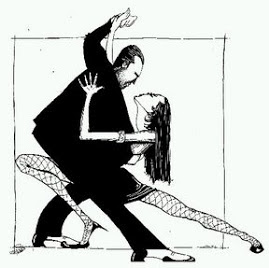The Brazilian fashion industry is recognized as one of the fastest growing in international market. From fashion lingerie, beachwear to haute couture, Brazilian clothing may be found nowadays in the main centers of Europe, the US and Asia. Export of Brazilian fashion products are expected to reach approximately US$ 10 million by the end of year while in 2005, the same industry exported US$ 6 million.
Further to that, fashion shows are held in Rio de Janeiro and São Paulo every year, which opens up good opportunities for business. Such results make one to believe that Brazilian fashion is catching up to other global and well reputed designers label.
Such growth is mostly due to the creativity of Brazilian designers, represented by Almir Slama, Alexandre Herchvovitch, Isabella Capeto, Mara Mac, Fernanda Yamamoto, Walter Boaventura, among others. They have aligned the charming and daring features of clothing and apparel with the quality requested for the international market.
Nevertheless, it seems that Brazilian courts are not following properly the development of this industry nor recognizing the importance of creativity and IP to the local fashion designers. It is very common to see the courts dismissing allegations of copyrights and/or industrial designs infringement, as the judges do not understand properly IP matters. Furthermore, indemnification in the fashion industry is frustrating.
A recent case worth mentioning is the decision rendered by the judges of the 4th Civil Chamber of the State Court of Rio de Janeiro on June 1, 2010 (published on June 23, 2010) involving the local fashion designer Gilson Martins (Appellation n. 0072174-63.2004.8.9.19.0001). Accordingly, the known department store C&A copied and sold women hand bags in exquisite formats, such as mouth and beach sandals among others, created by the designer. The mouth and beach sandals bags were registered at the Institute of Arts and protected by copyrights.
Those bags were extensively sold in several department stores of C&A throughout the country.
Although the judges of the 4th Civil Chamber recognized the originality of the bags (yes, some judges are attempting to address the minimum contribution of creativity, what a contradiction!!), their copyright protection and violation, losses and damages were fixed in the amount of R$ 15.000,00 (approximately US$ 7,000), not more than that. The judges’ argument for such little amount was the non-existence of severe economic or social effects accrued from the infringement, which means that the violation was not expressive notwithstanding the extensive exposure of the bags in more than 200 C&A Department Stores spread out in Brazil.
The indemnification amount has caught the attention of IP scholars and attorneys, leading to the conclusion that the Brazilian courts are too permissive to violation of intangibles. One has to remember that indemnification granted by the courts has educational besides compensatory character. Can this permissiveness harm creativity in the fashion industry? Should the local authorities be worried by educating judges of the main commercial centers of Brazil? It seems so, since holding an effective court system is as important as producing a good standard of IP laws and regulations.
Friday 25 June 2010
Little Indemnification for IP Infringement: Are the Judges Undermining the Strength of the Brazilian Fashion Industry?
Post a Comment



3.jpg)










